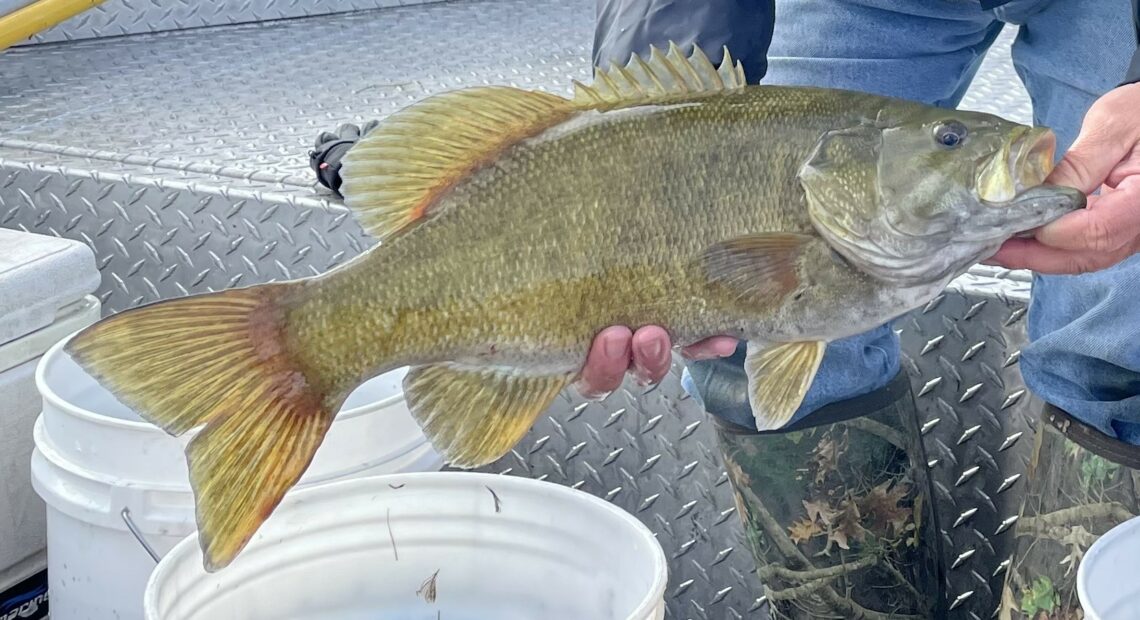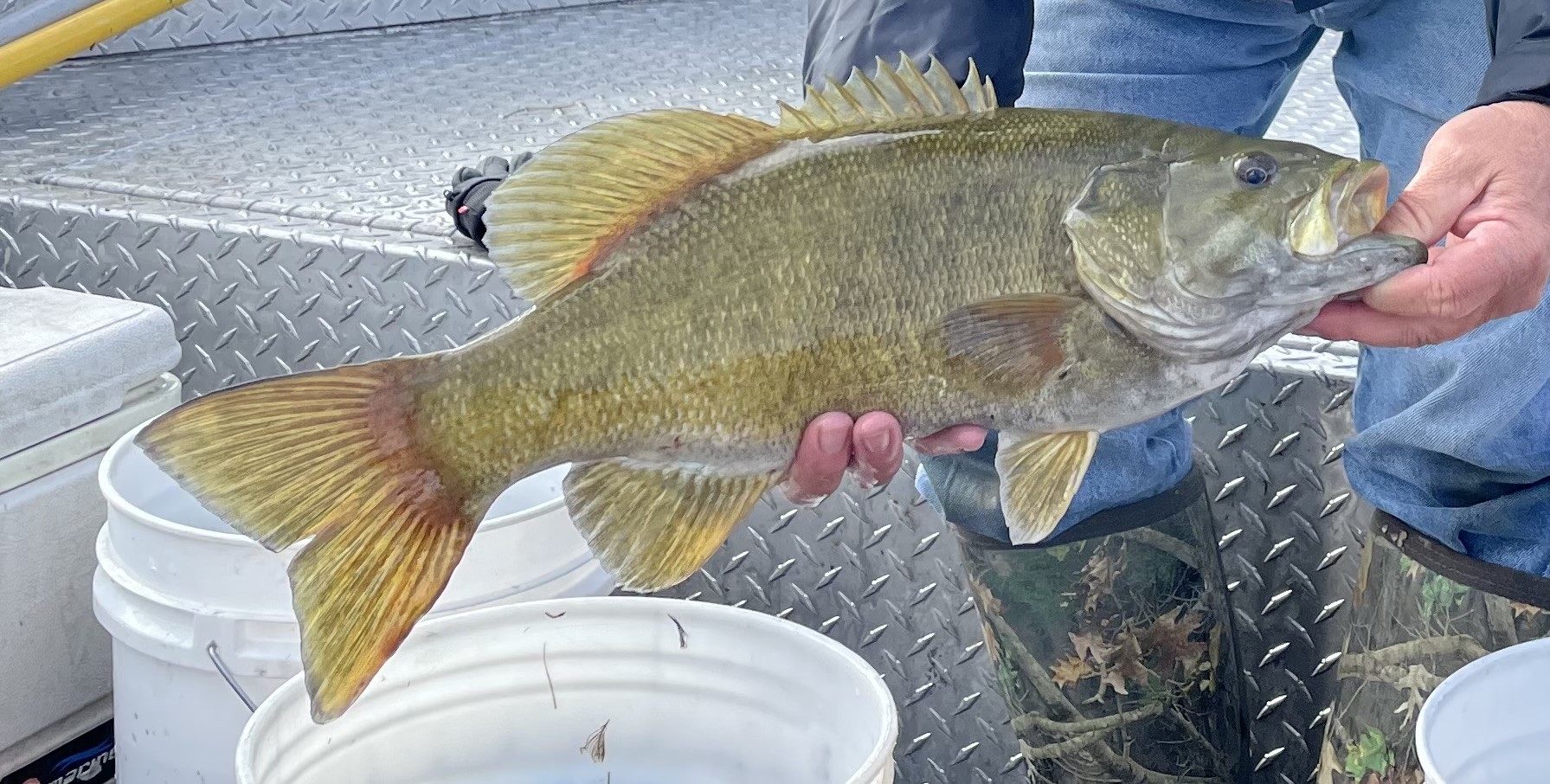
New study finds high mercury levels in Snake River smallmouth bass in Idaho, Oregon
Listen
(Runtime 0:58)
Read
A popular catch for anglers on the Snake River in Idaho and Oregon could have higher levels of mercury, depending on where it’s reeled in. A new study found mercury concentrations in smallmouth bass are affected by some dams.
The U.S. Geogological Survey’s study was published in the journal “Environmental Science & Technology.”
Researchers with the USGS found smallmouth bass behind reservoirs in the Snake had twice the amount of mercury concentrations as fish found in free-flowing stretches of the river, higher than U.S. Environmental Protection Agency standards. The study also found some fish up to 10 miles downriver from dams showed higher mercury levels, as well.
The study tested 31 sites along 530 miles of the river, from just upriver of Lewiston to Pocatello, Idaho.
Oregon and Idaho health leaders are warning people about eating bass because of mercury levels.
It happens like this: Warm temperatures can cause some reservoirs to become layered. Surface water stops mixing with colder layers below. When algae decomposes and sinks, it uses up oxygen, creating anoxic conditions, which can eventually increase the amount of methylmercury in the water.
Warm reservoirs and lakes under certain conditions all over the world have been known to produce methylmercury.
For reservoirs that became layered on the Snake, mercury concentrations were twice as high as the reservoirs that didn’t become layered, also known as stratifying, said Collin Eagles-Smith, a research ecologist with the USGS.
Collin Eagles-Smith said mercury magnifies as it goes up the food chain.
“Insects tend to have lower concentrations. Fish that eat insects have higher concentrations than the insects and then fish that eat other fish will have even higher concentrations,” he said.
He said this information could help guide fish consumption advisories.
“Resource managers and public health officials can take this information and use it to help determine and guide whether or not consumptions advisories might be worthwhile in different areas,” Eagles-Smith said.
Plus, he said, these sorts of conditions don’t just affect smallmouth bass. Researchers picked that fish to study because they’re found up and down the Snake and are common catches for anglers. Other fish affected include culturally important fish like salmon, lamprey and sturgeon.
“Sturgeon tend to live to a very old age,” he said. “They can accumulate mercury over time.”
Next, Eagles-Smith said, ongoing research will look at ways to address these conditions.
“It does point to the fact that if we know reservoirs can have high mercury concentrations, and we think that’s because of anoxia, then that information could be used to address how much stratification there is or if there are ways to minimize anoxia,” he said.
















